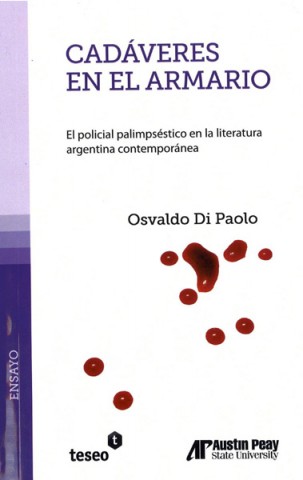 Clarksville, TN – On a warm, sunny day in Argentina, a wealthy woman known as Yiya Murano invited three of her close friends over for some tea. The women sat down for a pleasant afternoon of conversation, not realizing that Murano had added a good amount of poison to the powdered cookies she was serving. By the next day, all three women were dead.
Clarksville, TN – On a warm, sunny day in Argentina, a wealthy woman known as Yiya Murano invited three of her close friends over for some tea. The women sat down for a pleasant afternoon of conversation, not realizing that Murano had added a good amount of poison to the powdered cookies she was serving. By the next day, all three women were dead.
Investigators quickly learned that Murano was operating a ponzi scheme. Her friends had trusted her with their investments, but she ended up losing all their money. Rather than admitting her mistakes, she bought some cyanide and then made a friendly invitation for an afternoon of tea and cookies.
The story is well known in South America. Dozens of newspapers covered the investigation and Murano’s trial. Those articles were later transformed into crime novels, memoirs, television shows and movies. The murders rippled throughout Argentinean popular culture, highlighting what many people saw as a society in crisis.
“Financially, the country was going through a dictatorship, and it was an unstable economy basically,” Dr. Osvaldo Di Paolo, assistant professor of languages and literature at Austin Peay State University, said. “So she (Murano) ends up killing these women because she doesn’t have their money.”
For Di Paolo, one of the best ways to gauge the stability of Argentine society is to look at the types of books and television programs people are consuming. According to his new book, “Cadáveres En El Armario” (“Cadavers in the Closet”), if the public is addicted to detective stories based on real-life crimes, odds are the country is in turmoil.

“I noticed that when there’s a crisis in Argentina, this type of fiction seems to proliferate much more,” he said. “For instance, in 1994, there were 14 novels based on real-life murders. That was a year of all kinds of turmoil. They were attempting to insert Argentina into a globalized economy, so the structural measures that took place created total chaos.”
In 2001, when the first anthology of short detective fiction based on real-life crime stories was published in Argentina, the country was in disorder due to the devaluation of the peso. Fortunes were lost. Banks closed. The economy was in tatters.
“Detective fiction based on real-life murders, it’s a very popular genre in Latin America, and it’s the best way to study what’s going on in the Latin American world today,” he said.
Di Paolo’s interest in the topic started when he took a course on Latin American detective fiction while a Ph.D. student at the University of Kentucky. He couldn’t find much scholarly research on detective fiction based on real-life murders, so he traveled to Argentina and began scouring through the archives, looking for newspaper articles about crimes. He quickly noticed a pattern where the perpetrators of these crimes were depicted in later works as products of the social chaos of the time.
“I studied the transformation from the newspaper article into the novel, short fiction, film and TV series,” he said. “I looked at the transformations. These hardboiled stories are a reflection of society, what’s happening in society. The transformation has a social connotation. It’s a means of trying to denounce the social problems we have as a society.”
The book, which is written in Spanish, was published earlier this year, and it is currently for sale on Amazon.com, as well as in bookstores across Argentina and Spain.
For more information on the book, contact Di Paolo at dipaoloo@apsu.edu.


